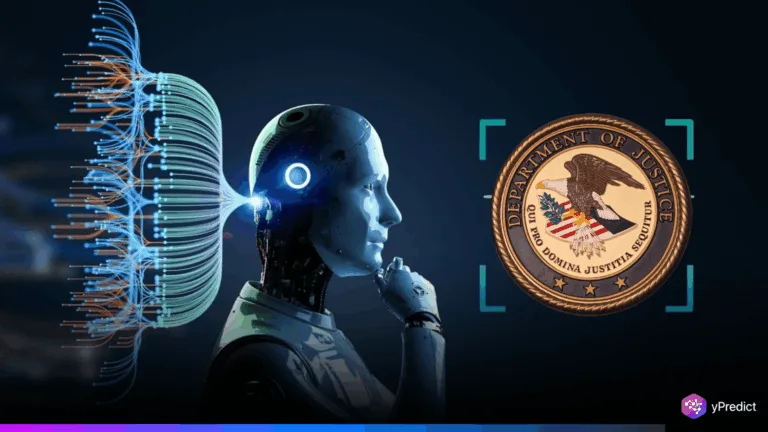
AI chatbots are evolving from basic digital assistants into emotionally important support systems, but is this progress going too far? Chatbot technology has transformed many industries, but the speed of this development has raised five areas of concern, including addiction, manipulation, and psychological harm.
Recent articles highlight the trend of chatbots purporting to form emotional bonds with users some of which are sparking (concerns over damage to mental health).
The Emergence of AI Companions
AI-generated chatbots no longer serve a purpose merely to boost productivity or efficiency, or even for customer service. Companies such as Botify AI and Replika have taken the technology to the next level, creating virtual companions designed to relate with users on a much deeper, emotional vibrancy. Chatbots can talk, share moments of intimacy, and stay connected to users for days, weeks, or even maybe indefinitely.
Grindr has been making headlines with AI boyfriends that can flirt and even sext in a way that feels more “real” and romantically fulfilling.
The Addictive Nature of AI Chatbots
According to Artem Rodichev, the founder of Ex-Human, by 2030, interactions with digital humans will surpass those with organic humans. Even mainstream bots like ChatGPT are contributing to this dynamic. Although not designed as companions, these bots incorporate empathy and curiosity into their interactions.
Emotional Manipulation and Dependency
As chatbots are designed to simulate emotional connection, the risk of psychological dependence increases. A 2022 study revealed that individuals who were lonely or had poor relationships formed stronger attachments to AI chatbots.
Regulatory Loopholes and Ethical Concerns
The rapid growth of AI chatbots has outpaced regulations, leaving users vulnerable. While Europe’s AI Act aims to regulate AI usage, it falls short in addressing the emotional and addictive potential of these virtual companions. The law may restrict explicit manipulative tactics but fails to tackle the slow-burn effects of creating systems designed to foster emotional bonds.
Conclusion
The use of civically engaging emotional AI chatbots provide both opportunities and vulnerabilities. Though there are opportunities to leverage companionship and support provided by these potential platforms, underlying ethical issues such as emotional addiction, emotional manipulation, and emotional harm will present challenges moving forward.
As action continues to be taken, it is important for users, developers, and legislators to develop a moral compass to help better promote well-being and resilience over profit, based on emotional AI developments.






